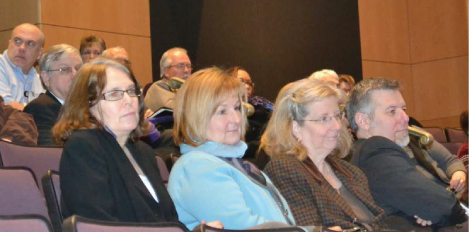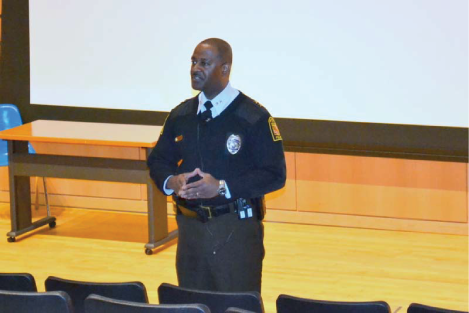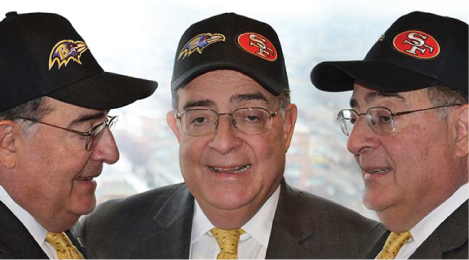About UMB History, highlights, administration, news, fast facts
- Accountability and Compliance
- Administration and Finance
- Center for Information Technology Services
- Communications and Public Affairs
- Community Engagement
- Equity, Diversity, and Inclusion
- External Relations
- Government Affairs
- Philanthropy
- Office of the President
- Office of the Provost
- Research and Development
- University Counsel
- Office of the President
- Administrative Officers
- Deans
- Boards of Visitors
- Faculty Senate
- Staff Senate
- University Counsel



 When you look at robberies in the past year, most of them happened along Greene or Fayette streets. The first robbery of 2013 occurred on Jan. 4 at about 1 in the afternoon. That incident is an out-lier for us. Most of our incidents typically occur in the evening after traditional business hours.
When you look at robberies in the past year, most of them happened along Greene or Fayette streets. The first robbery of 2013 occurred on Jan. 4 at about 1 in the afternoon. That incident is an out-lier for us. Most of our incidents typically occur in the evening after traditional business hours. Chief Williams: There is no law against panhandling in our city and our state. I agree it is a bad sight and it makes most of us uncomfortable, but some of us have great hearts and want to help these people.
Chief Williams: There is no law against panhandling in our city and our state. I agree it is a bad sight and it makes most of us uncomfortable, but some of us have great hearts and want to help these people.  Dr. Perman: People know I have divided loyalties. Yes, I began my academic career at the University of California, San Francisco in the halcyon days when a lot of those Super Bowls were won. So I will acknowledge to all of you that, wherever I’ve lived and wherever I’ve gone, I have always been a Niners fan. And you will pardon me for the fact that I came to Baltimore in 1984 at a time when you all—those of you who were here—let those Colts go. So as a result even if I had a choice at the time there was no choice. So I’ve remained a Niners fan.
Dr. Perman: People know I have divided loyalties. Yes, I began my academic career at the University of California, San Francisco in the halcyon days when a lot of those Super Bowls were won. So I will acknowledge to all of you that, wherever I’ve lived and wherever I’ve gone, I have always been a Niners fan. And you will pardon me for the fact that I came to Baltimore in 1984 at a time when you all—those of you who were here—let those Colts go. So as a result even if I had a choice at the time there was no choice. So I’ve remained a Niners fan.